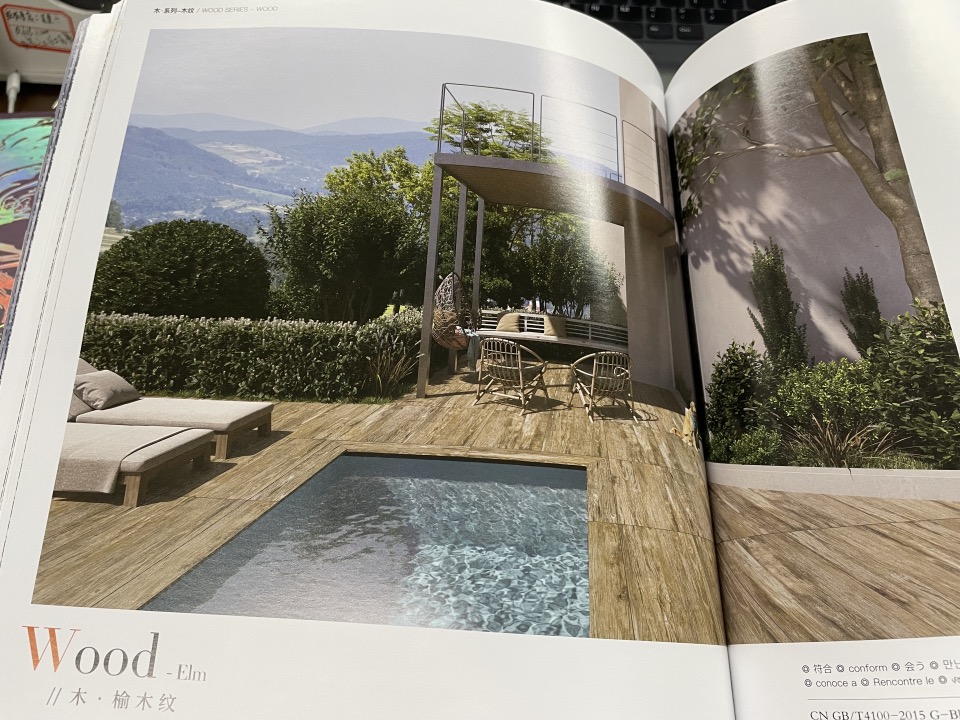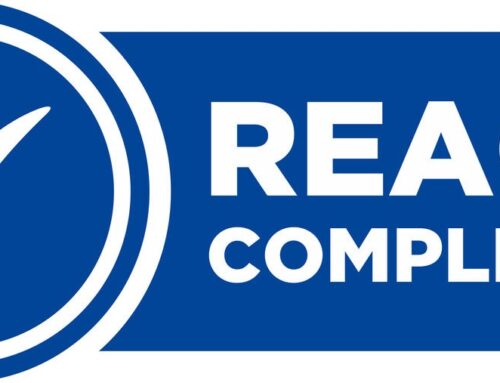When it comes to books and game boards, matte paper is the preferred choice for several compelling reasons:

- Reading Comfort: Matte paper has a smooth surface that doesn’t reflect light, reducing eye fatigue and making reading more comfortable. This is especially important for extended reading periods, particularly with small fonts and long paragraphs.
- Print Quality: Matte paper is suitable for high-quality printing. It can produce delicate print effects, making text and images sharper and clearer.
- Versatility: Matte paper is compatible with various printing techniques, including offset, gravure, and digital printing. This makes it a universal choice for book printing, maintaining high quality regardless of the printing method used.
- Suitable for Color Printing: Matte paper is particularly suitable for color printing. It accurately reproduces a wide range of colors, showcasing the richness of colors from vibrant hues to subtle transitions.
- Reduced Glare: Compared to glossy paper, matte paper reflects less light, reducing issues with glare caused by sunlight or indoor lighting, resulting in a more enjoyable reading experience.
In summary, selecting matte paper for book inner pages can offer improved reading experiences, print quality, and color representation, catering to different printing techniques and requirements.
On the other hand, magazines predominantly opt for coated paper for a host of compelling rationales:

- Print Quality: Coated paper has a smooth surface that is suitable for high-quality printing. It can present detailed images and vibrant colors, making magazine pages look more exquisite and professional.
- Color Reproduction: Coated paper allows for more accurate color reproduction. For photos, illustrations, charts, and other elements in magazines, color accuracy is crucial. Coated paper helps ensure that these elements display true colors.
- Durability: Coated paper is relatively thicker, making it more resistant to wear and folding. This is beneficial for magazines that are frequently flipped through and carried, as it helps maintain the integrity of the pages.
- Professional Appearance: The texture and appearance of coated paper give magazines a sense of sophistication and professionalism. This is particularly important for magazines in fields like business, fashion, and art, as it can attract readers and enhance perceived value.
- Printing Versatility: Coated paper is compatible with various printing techniques, including offset and gravure printing. This makes it a versatile choice for magazine printing, ensuring high-quality results regardless of the printing method.
- Brand Identity: Opting for coated paper may align with the magazine’s brand image and target audience. If the magazine aims for a high-end, refined, and fashionable image, coated paper can help achieve those goals.
In summary, the advantages of coated paper in terms of print quality, color reproduction, durability, professional appearance, printing versatility, and brand image make it a preferred choice of paper material for magazines.
Choosing the Right Fit:
The choice between matte and glossy paper ultimately depends on the book’s content and target audience:
- Content Consideration: For content heavy on visuals, glossy paper can make those images pop, whereas matte paper may enhance the reading experience for text-heavy works.
- Audience Preference: Understanding the preferences of the intended readers is essential. An academic audience might appreciate matte paper’s subdued elegance, while a fashion-forward readership might be drawn to glossy’s vibrancy.
In the board game industry, the majority of printed components lean towards a matte finish. Even if the components are initially printed on glossy paper, the final step often involves opting for a matte varnish or matte lamination.






